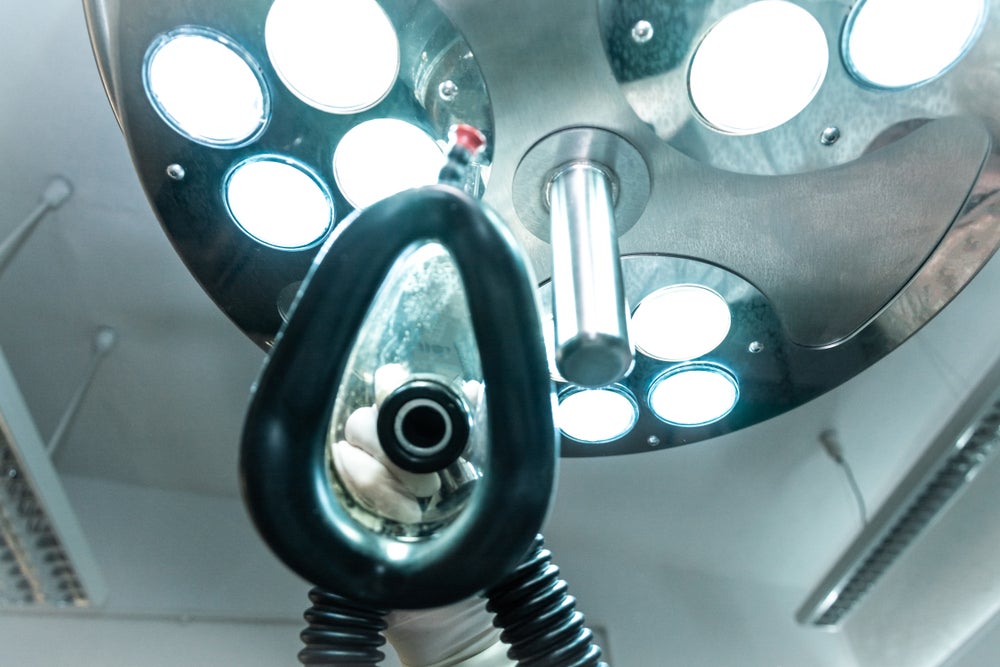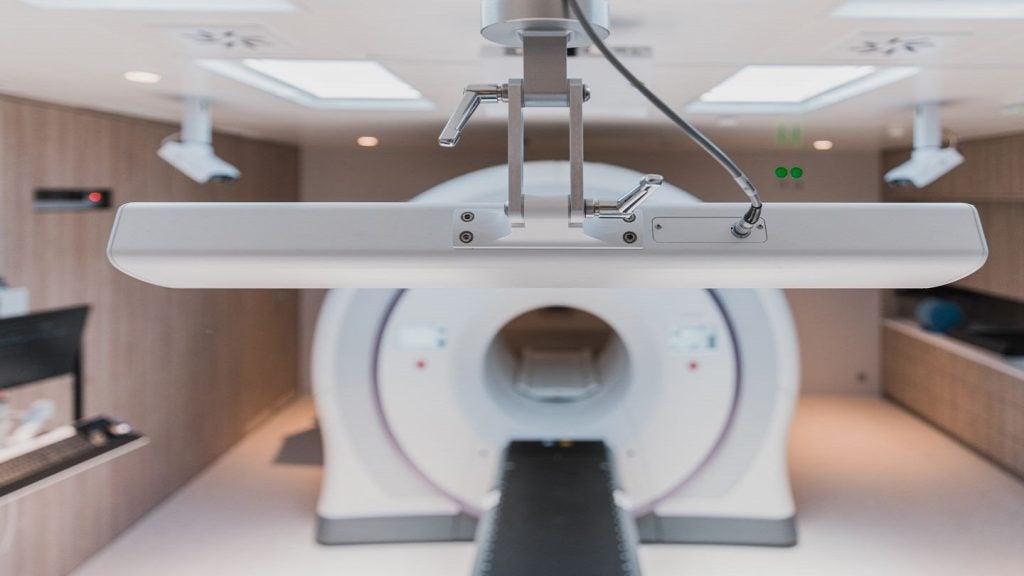US-based Villanova University professor Dr Qianhong Wu has been awarded a second patent for a pioneering biometric brain and skull model used to measure the effects of head traumas.
The Smart Brain device gives researchers the ability to assess the motion and deformation of brain matter right through impact-induced brain traumas. Through the simulation, researchers can gain a comprehensive understanding of the underlying mechanisms of concussions and other brain injuries.
The first-of-its-kind Smart Brain model is made up of a transparent skull, simulated brain matter, a supporting structure, and cerebrospinal fluid surrounding and protecting the brain.
The model uses advanced tools, such as high-speed cameras, pressure sensors, accelerometers, and displacement sensors, enabling precise tracking and capturing of cerebrospinal fluid flow and pressurisation during simulations of external impacts.
Highlighting the health issues and economic impact brain injuries have on society, Smart Brain inventor Dr Wu said: “Our Smart Brain provides insight into what specifically happens to the brain when a person endures a head injury. It fills a significant knowledge gap in the study of traumatic brain injuries and has the potential to guide the creation of improved head protection, reduce the incidence of concussions and save lives.”
Using the collected data, the device can be customised to an individual patient allowing simulated head injuries to be measured showing the impact of a single injury, as well as the damage from repeated head trauma.
The Smart Brain technology will have a wide impact on both brain biomechanics and the next generation of helmet design for athletes, soldiers, construction workers, and others at risk of head trauma from their daily activities.
In 2019, Dr Wu was granted his first patent for the smart brain concept. The second patent covers the construction of the model and the technology for measuring cerebrospinal fluid motion.
















